6. Aliens (1986, James Cameron)
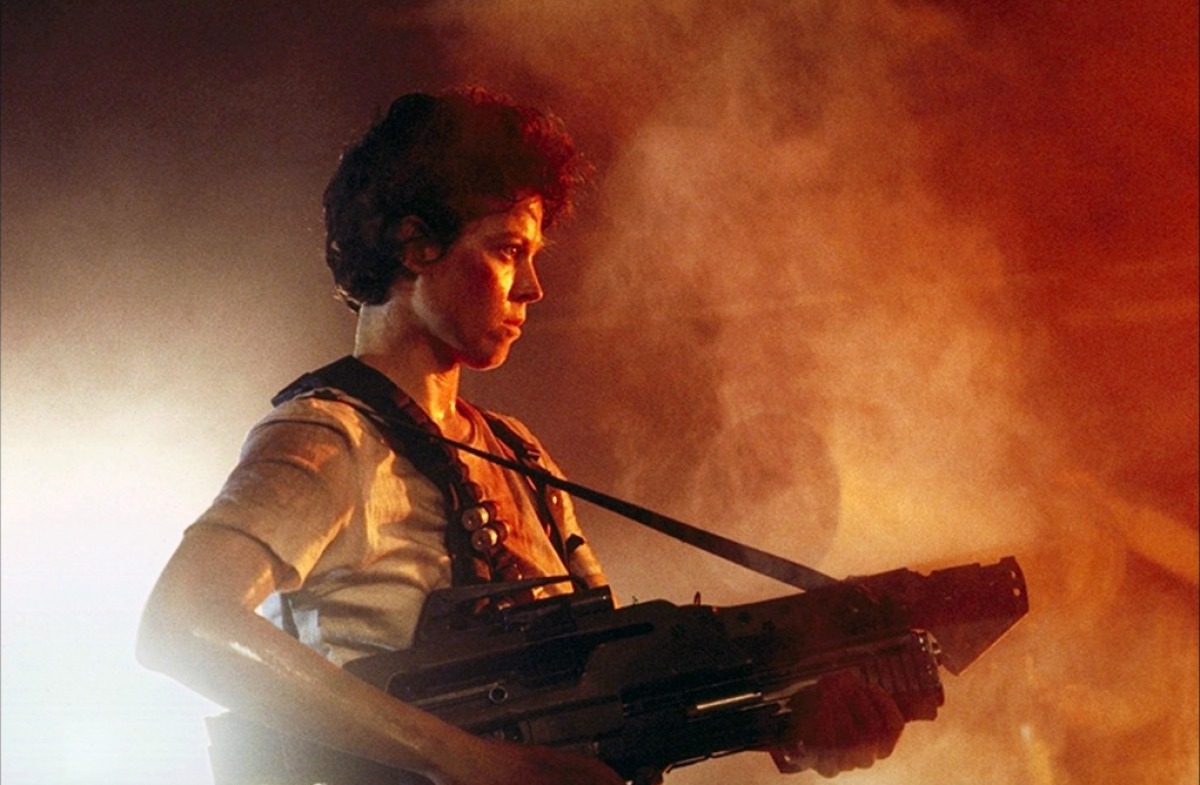
Screenwriter and director James Cameron has the knack of getting the most out of a sequel. This is not an easy task, as the poor quality of many film sequels will testify. After First Blood, Cameron was brought on board to write a first draft of the enjoyable and insanely successful Rambo: First Blood Part II. Later, he did the seemingly impossible by making a sequel that was better than an already beloved first entry of his own with Terminator 2: Judgement Day. Sandwiched between these was Aliens, the sequel to the formerly mentioned Ridley Scott classic Alien.
Scott had essentially made a haunted-house movie in space – and brilliantly so. Cameron had seamlessly segued to a science-fiction war film, while only enhancing carry over characters and concepts. Whether one of these films is better than the other is debatable: Alien feels timeless, but Aliens abandons Scott’s less is more approach to simply give the audience more – so much more. He even gets more out of the brilliant Sigourney Weaver as Ellen Ripley, evolving her character further in ways that serve the sequel well but feel authentic to the original. Also, where Scott shares his vision with other creators so that it’s difficult to separate his contribution from the source material (screenwriter Dan O’Bannon and artistic designer H.R. Giger), Cameron goes it alone as screenwriter, director, special effects supervisor, technical designer and just about everything else.
Following Ripley’s encounter and destruction of a lone alien threat aboard the USCSS Nostromo in the first film, the character reaches civilisation in suspended animation to find that 57 years have passed. A colony has since been built on the planet on which the Nostromo’s crew originally discovered the alien threat. Information that she supplies brings the menace to the colony, where it nests waiting for a PTSD-afflicted Ripley to return with the cavalry in the form of a contingent of Colonial Marines.
One of the design specifics Cameron insisted upon for the marines was their Vietnam War aesthetic. This included the detail on uniforms, ‘Nam aircraft inspired vehicles and gallows-humour graffiti scrawled on armour and weaponry. Cameron even cast a real Vietnam War veteran as the marines’ squad sergeant. These details alone don’t necessarily make Aliens a Vietnam War movie, but they are a good indication of the director’s intentions. What does, however, is having a cocky, technologically-superior military force in a hostile environment underestimating, then losing to, a threat they don’t understand – an analogy that preoccupies the rollercoaster action of most of the film.
7. Predator (1988, John McTiernan)
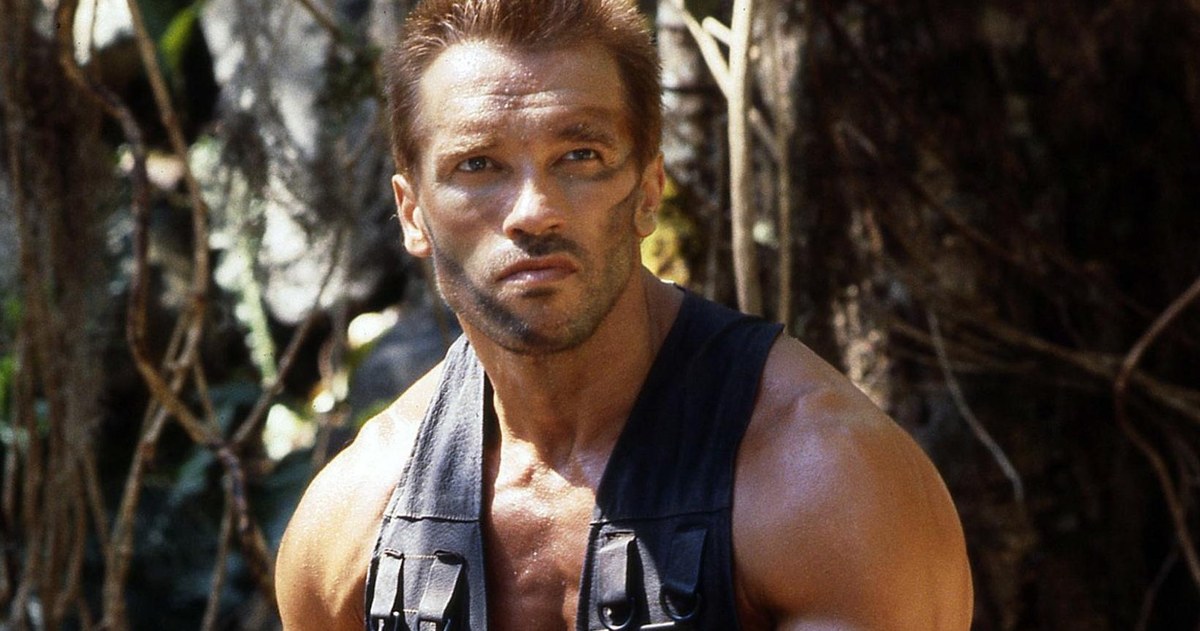
Considered almost the perfect double-bill in the late 1980s, Aliens and Predator went on to spawn a series of eponymous film fusions that were less successful and fun than either. In Predator, Hollywood’s other musclebound one-man movie machine, Arnold Schwarzenegger, leads a special forces team on a rescue mission into the South American rainforest, only to cross biceps with an extra-terrestrial game hunter. Once again, the ghost of Vietnam haunts the hardship of the terrain and the failure of military hardware (Hueys, miniguns and M-16 variants abound but achieve little).
The film, which is relentless 80s macho fun, truly earns its Vietnam War credentials by dropping (quite literally) American soldiers into the jungle and pitting them against an enemy they cannot see. One by one, the alien hunter claims them until Schwarzenegger is forced to go full-on guerrilla, becoming one with his environment and deploying Viet Cong-style tactics and traps to gloriously defeat his enemy.
8. Straw Dogs (1971, Sam Peckinpah)
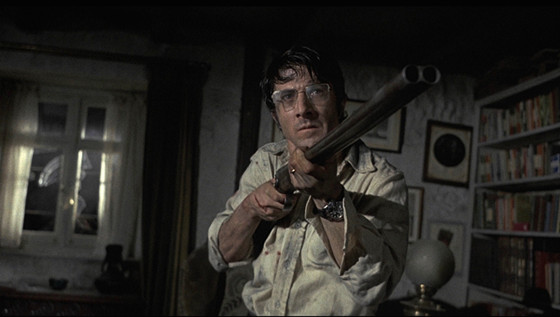
With a great deal to say about masculinity and violence in his films, Sam Peckinpah would seem a natural choice to direct a Vietnam War movie. The closest he got was the infamous Straw Dogs in which Dustin Hoffman and Susan George defend themselves and their quiet, English countryside home against rural invaders. 1971 was noted as a year for films that were increasingly violent and thematically concerned with violence, its justification and aftermath (take a bow Dirty Harry, The French Connection and A Clockwork Orange). The reality of Vietnam was being pumped into homes through the television and radio and helping to push the boundaries of what was acceptable in cinema. Replete with territoriality, gratuitous – even torturous – violence and two complex rapes, Peckinpah aimed to push these boundaries further.
Vietnam is referenced early in the film. Having worked on campus as an academic, Hoffman and his pretty English wife George have left America due to problems arising from the anti-war protests. Rural workman making repairs on their home have a history with George that culminates in sexual violence and leads in part to the confrontation between Hoffman and the surly group. The bleak film draws several parallels with the Vietnam War. Themes of xenophobia, power, ownership and intrusion are explored both through the slow burn tension in the relationships, the hostility of the setting and explosive on-screen aggression of the characters. Not unlike the Viet Cong, Hoffman is forced to improvise a series of brutal traps about his home for the intruders to walk into. It is the censored and consequently much-discussed rape scenes that provide the richest subtext for the war, loaded as they are with confusion, contradiction and inhumanity.
Like America, the uneasy audience does not know how to position itself as camera perspective moves between rapist, subsequent rapist and victim of both. The terms, even today, feel uncomfortable and unable to fully encapsulate the ghastly complexity of the scene and perhaps it is this enduring discomfort that makes both the war and film hard to forget.
9. Deliverance (1972, John Boorman)
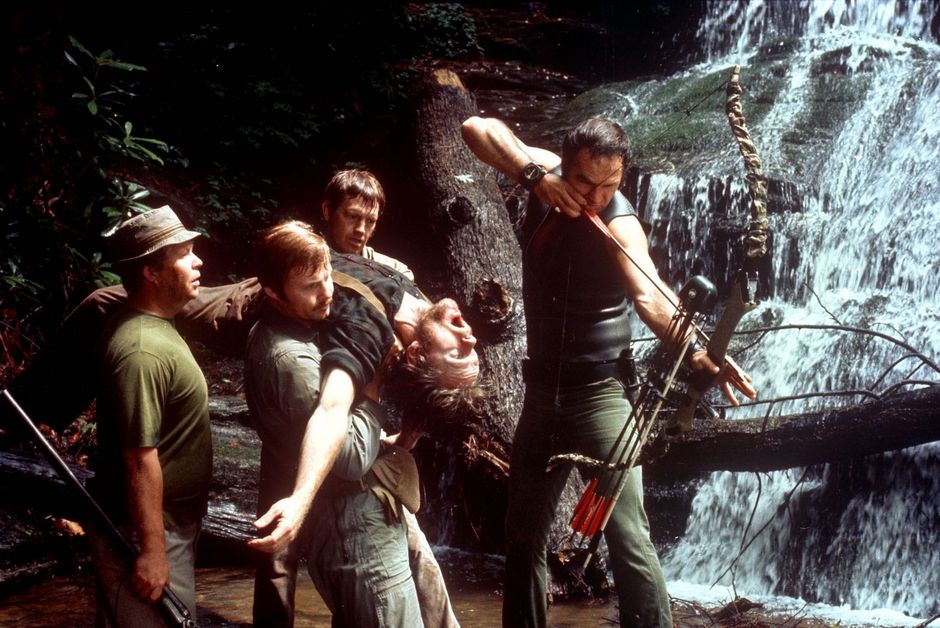
A year later came Deliverance starring Jon Voight, Burt Reynolds, Ned Beatty and Ronny Cox – another violent tale – this time of city slickers taking an ill-advised canoeing trip through the northern Georgia wilderness. Once again, the environment, beautifully shot, is an antagonist. As with Southern Comfort, overconfidence and conflict with the isolated locals ends in tragedy. Also, the Balfa Brothers Cajun fiddle work and the instantly recognisable ‘Duelling Banjos’ by an initially uncredited Arthur Smith set much the same emotionally-discordant tone. The four leads, with their contrasting levels of assurance and naivety, are effective substitutes for soldiers in a fight for survival against an indigenous population who know their hostile environment well. The plot also features a dam that is going to flood the region that the men are touring, providing an effective metaphor for the intervention of American armed forces in Southeast Asia and the rape of the natural world.
Peckinpah was originally the director of choice for Deliverance but scheduling problems meant that the job went to John Boorman. Much of what was achieved by Straw Dogs could be extended to Boorman’s movie, however, benefitting – if such a word can be used – from its own foray into intense sexual violence. Another infamous rape – this time a scene of male violation – reaches beyond the largely metaphorical for male audience members. Like Susan George’s experience, the assault is searingly real, while at the same time realising private masculine fears of impotence. The psychodrama of both films’ rape scenes help the audience to experience the multitudinous, abstract horrors and injustices of the Vietnam War as single celluloid events, reaching an emotional appreciation it would be hard to achieve from history books alone.
10. Night of the Living Dead (1968, George A. Romero)
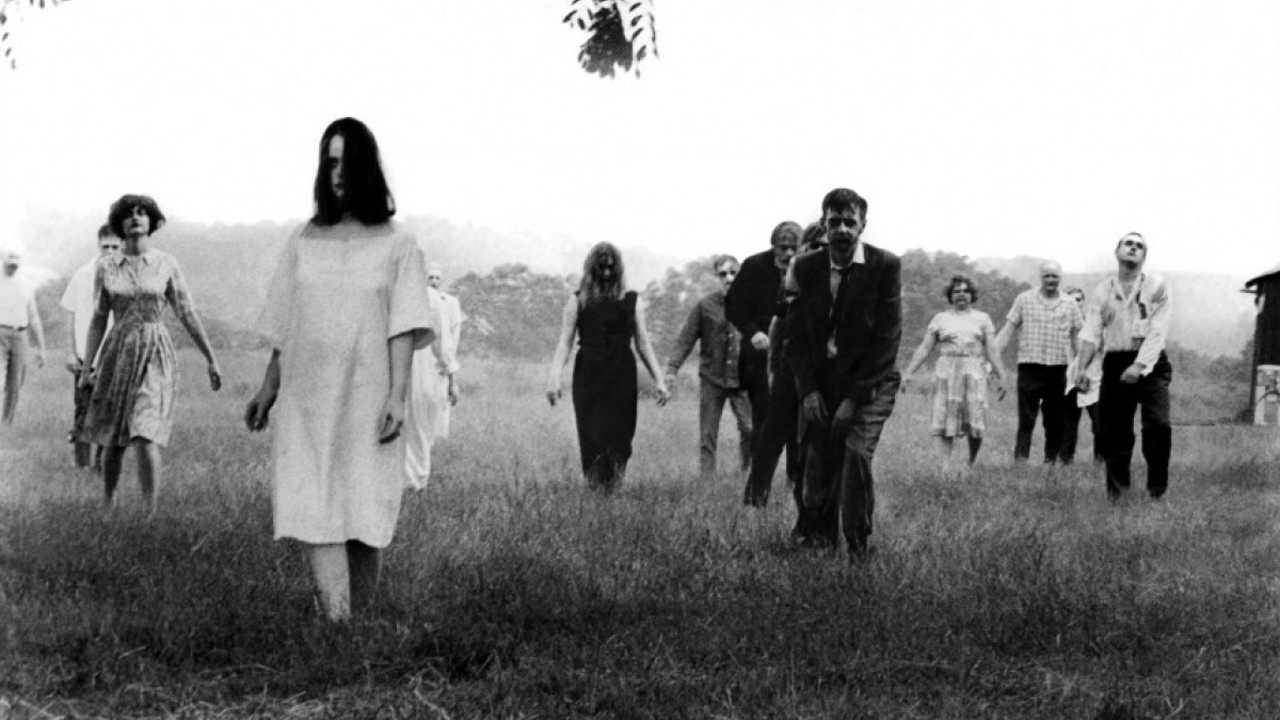
In a farmhouse in rural Pennsylvania, Ben, Barbara and a select group of survivors defend themselves against a swarm of walking corpses. Zombies have a powerful symbolism that has been applied to a myriad of different interpretations. The timing of Romero’s Night of the Living Dead is hard to ignore, however, with applications to the Vietnam War especially rich. The newsreel footage economically used to disseminate wider information to the characters would have been instantly recognisable to audiences used to reports of the war. These reports also identify spreading radiation from a space probe returning from Venus as possibly responsible for the reanimations: like the conflict, an expanding threat from a distant land whose terrifying presence reached into the homes of Middle America.
Much has been made of the violence – acute and brutal for the 1960s – depicted in the movie. This might very much represent America’s need for a dialogue, especially among young audiences fearful of the direction the Vietnam War was taking and their future role in it. The draft lottery was initiated the very next year. A news report in the film equates the zombie outbreak with “an epidemic of mass murder” and this must have been how Americans were beginning to feel about the growing conflict.
The most persuasive comparisons that have been made lie in recognition of the Vietnam War as a form of cannibalism – with humanity coldly devouring itself, chewed up by the military-industrial complex. Meanwhile the undead themselves can be viewed as a critique of democracy and its failings – with both the zombies and authorities representing the silent, mindless majority, sleepwalking America into doomed conflict. People who challenge that dynamic are in turn silenced, including the young survivors who populate the film and counterculture figures like Ben who, as a black lead, pays the ultimate price for his resistance in the film’s final defining frame.